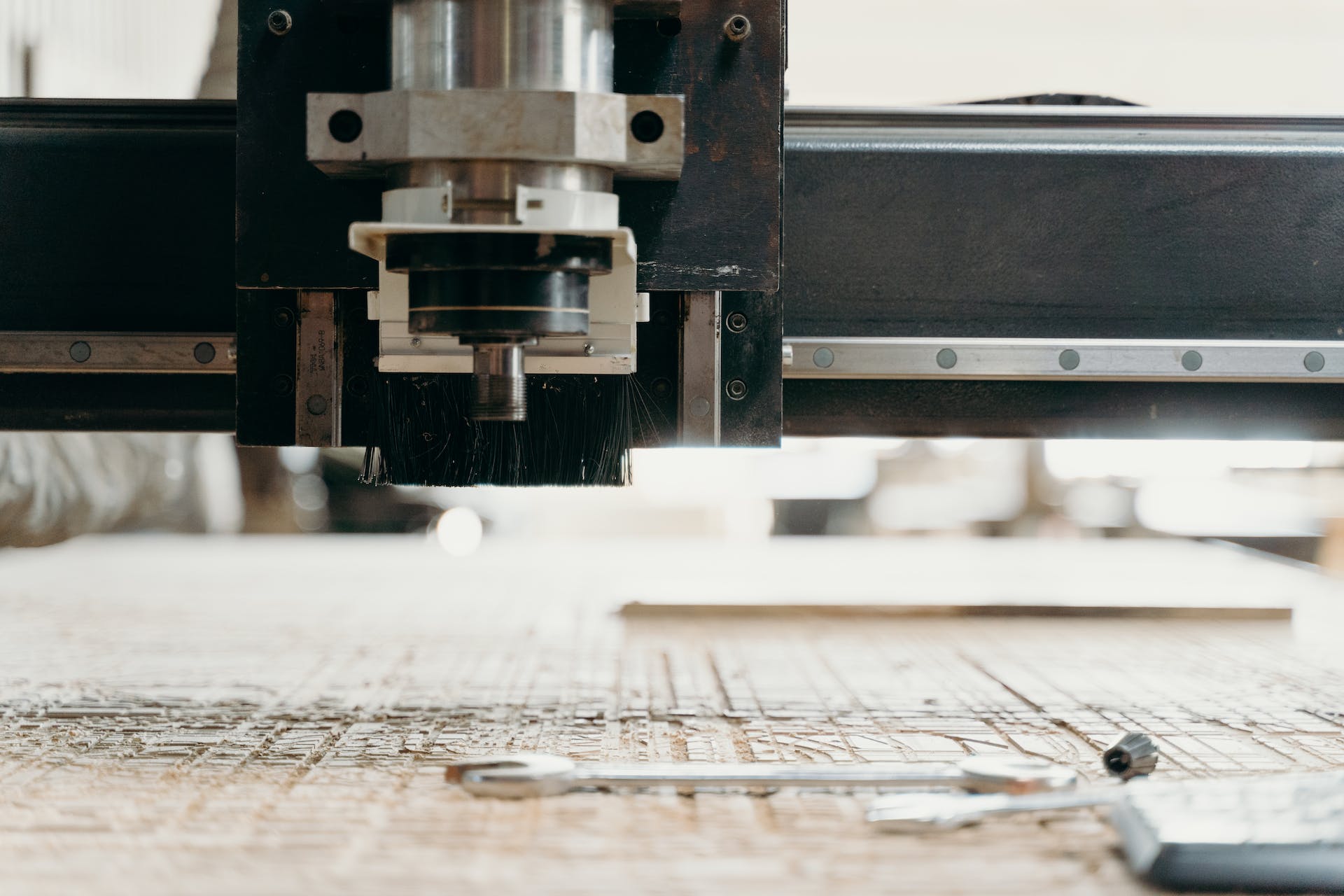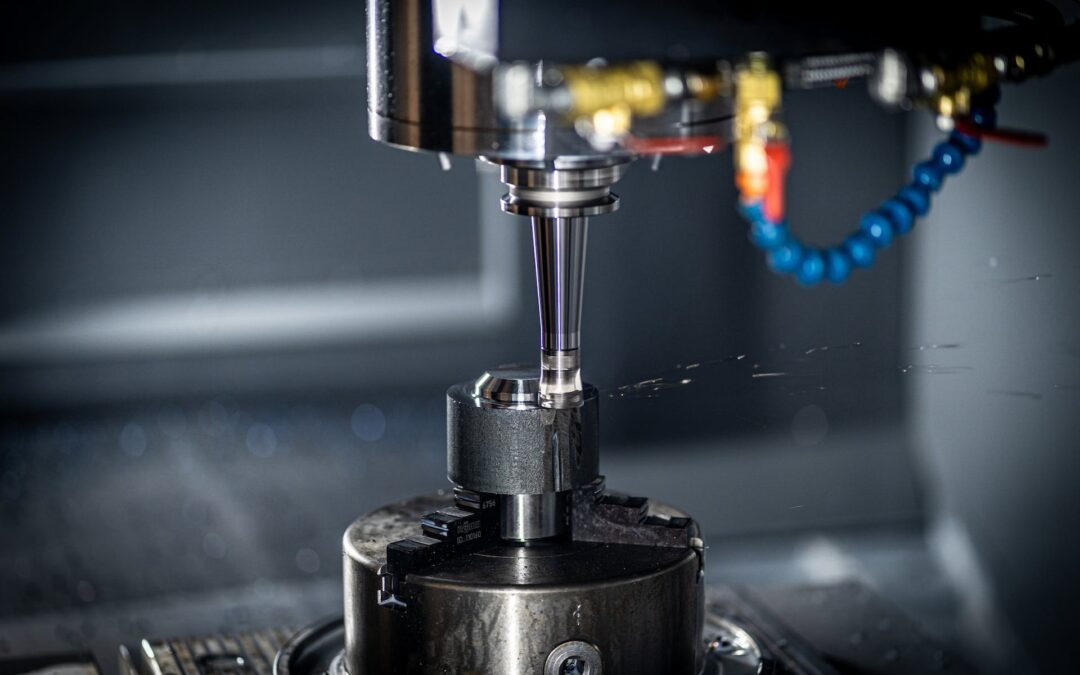 The Past, Present, and Future of CNC Machining
The Past, Present, and Future of CNC Machining
The realm of manufacturing has seen remarkable transformations over the years, and at the heart of this revolution lies CNC (Computer Numerical Control) machining. From its inception in the mid-20th century, CNC machining has evolved from basic automated processes to a sophisticated symphony of precision engineering and technological innovation. This article aims to explore this journey, shedding light on the advancements and future trends that are reshaping the industry.
From Humble Beginnings to Technological Triumphs
The story of CNC machining began in the late 1940s and early 1950s, marking a shift from manual operations to automated processes. The introduction of the first CNC milling machine by MIT was a milestone that set the stage for future developments. The integration of Computer-Aided Design (CAD) and Computer-Aided Manufacturing (CAM) systems further revolutionized CNC machining, enhancing productivity and flexibility in manufacturing complex components.
Advancing Precision and Efficiency
Today’s CNC technology stands at the forefront of manufacturing innovation. The modern machines are equipped with sophisticated software, featuring improved toolpath algorithms and adaptive machining capabilities. These advancements lead to faster production times, higher precision, and significantly reduced material waste, making CNC machining a cornerstone of efficient manufacturing practices.
AI: The New Frontier in CNC Machining
The integration of artificial intelligence (AI) in CNC machining is not just a trend; it’s a transformative force. AI powered machines bring the ability to optimize tool paths, anticipate tool wear, and analyze vast data sets for heightened efficiency and accuracy. This leap in technology is not only enhancing the precision and design quality of manufactured components but also revolutionizing how we approach production processes.
Sustainability: A Core Focus in Modern Manufacturing
As global attention shifts towards sustainable practices, CNC machining is not left behind. The industry is increasingly investing in energy-efficient machines and adopting eco-friendly techniques. Using recyclable materials and green machining practices, CNC machining aligns with global sustainability goals, paving the way for a more environmentally responsible manufacturing future.
On-Demand Manufacturing: Tailoring to Market Needs
The rise of on-demand manufacturing and Just-In-Time (JIT) production is reshaping the CNC industry. This trend focuses on reducing waste and enhancing energy efficiency by producing exactly what is needed, exactly when it’s needed. Such approaches align perfectly with the modern market dynamics of rapid delivery and personalized product demands. Laserworx Manufacturing: Your Partner in CNC Innovation At Laserworx Manufacturing, we understand the significance of staying ahead in this evolving landscape. We encourage our readers to explore our advanced CNC machining services, which offer the benefits of these latest technological advancements. From improved precision and efficiency to the option for customized production, Laserworx is poised to meet your specific manufacturing needs.
Conclusion
The evolution of CNC machining is a testament to human ingenuity and technological advancement. As we look towards the future, it’s clear that trends like AI integration, sustainability, and on-demand manufacturing will continue to shape this dynamic field. For those in the manufacturing industry, staying updated and adapting to these changes is not just a choice but a necessity for growth and success.



